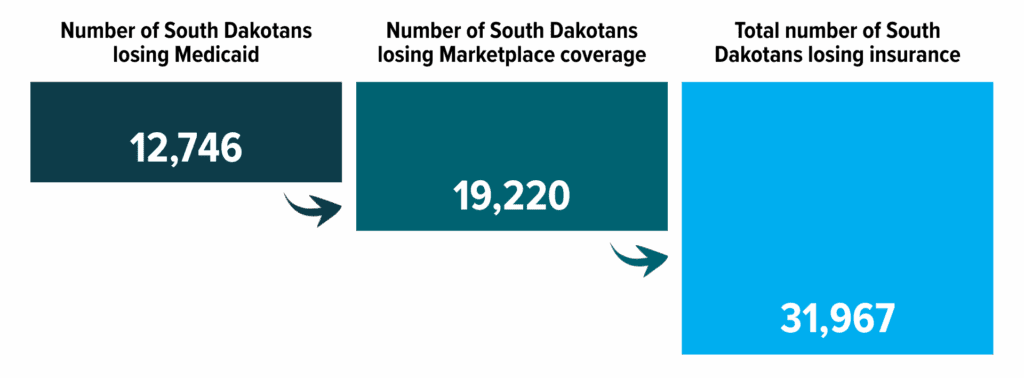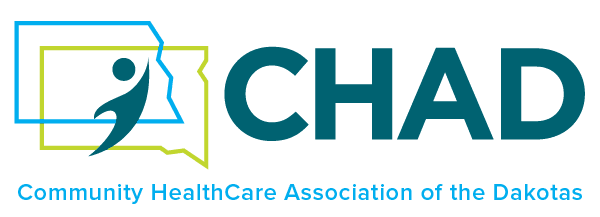Written by Shelly Ten Napel, Chief Executive Officer
On July 4, President Trump signed H.R. 1, also known as the “One Big Beautiful Bill Act.” This new law presents both significant challenges and opportunities for health centers in the Dakotas. While the bill includes provisions that are expected to lead to long-term reductions in health coverage through changes to Medicaid and the Marketplace, it also establishes new resources for a Rural Health Transformation Program that could positively impact health centers and the future of rural health.
According to the Congressional Budget Office estimates, the coverage losses over the next 10 years are as follows:


The Medicaid and Marketplace changes that will be impactful in the Dakotas include:
- Medicaid work requirements and more frequent eligibility redeterminations will go into effect between January 1, 2027, or as late as December 31, 2028, if an extension is requested by the state and granted by the Secretary of Health and Human Services. These requirements are expected to be the primary drivers of Medicaid coverage losses, although the final impact will depend on the rules set by CMS and how states implement them. CHAD will continue to engage with state Medicaid leaders as this policy develops.
- Retroactive Medicaid coverage will be reduced from 90 days to 60 days for traditional Medicaid enrollees and from 90 days to 30 days for Medicaid expansion enrollees, effective January 1, 2027.
- Several categories of people lawfully present in the United States will no longer be eligible for Medicaid, including people resettled in the US as refugees, people granted asylum in the US, and survivors of trafficking with a pending or approved T visa.
- On the Marketplace, the tax credits will revert to pre-Biden-era levels, resulting in higher premiums for many Marketplace enrollees starting in 2026.
- In addition, the following Marketplace changes will be adjusted by CMS rules:
-
- The Navigator program (which helps individuals enroll in coverage) has lost 90% of its funding.
-
- The Open Enrollment period will be shortened to run from November 1 through December 15, rather than January 15, beginning in plan year 2027.
-
- Additional rules and verifications will be added for Special Enrollment Periods.
-
- DACA recipients will no longer be classified as “lawfully present,” making them ineligible for Marketplace plans.
To help offset some of these impacts on rural communities, H.R. 1 includes the passage of a Rural Health Transformation Program, which will provide $50 billion to states over five years to support rural health initiatives. All Federally Qualified Health Centers (FQHCs) are eligible to receive funding, as are 10 other provider types, including various hospitals and rural health clinics. CMS will provide guidance on how the program will be implemented.
Under the funding formula, both North Dakota and South Dakota are expected to receive at least $100 million annually for the next five years, contingent on state applications that align with program requirements. States will submit a one-time application in which they’ll outline a detailed rural health plan, and CMS will review and approve applications by December 31, 2025.
The Rural Health Transformation Program offers a significant opportunity for the Dakotas to invest in long-term strategies that strengthen health care access and outcomes in rural communities. We hope that both of our states can generate collaborative and creative conversation, and CHAD will continue to ensure that health centers have a seat at the table to share ideas and help shape the future of rural health!

